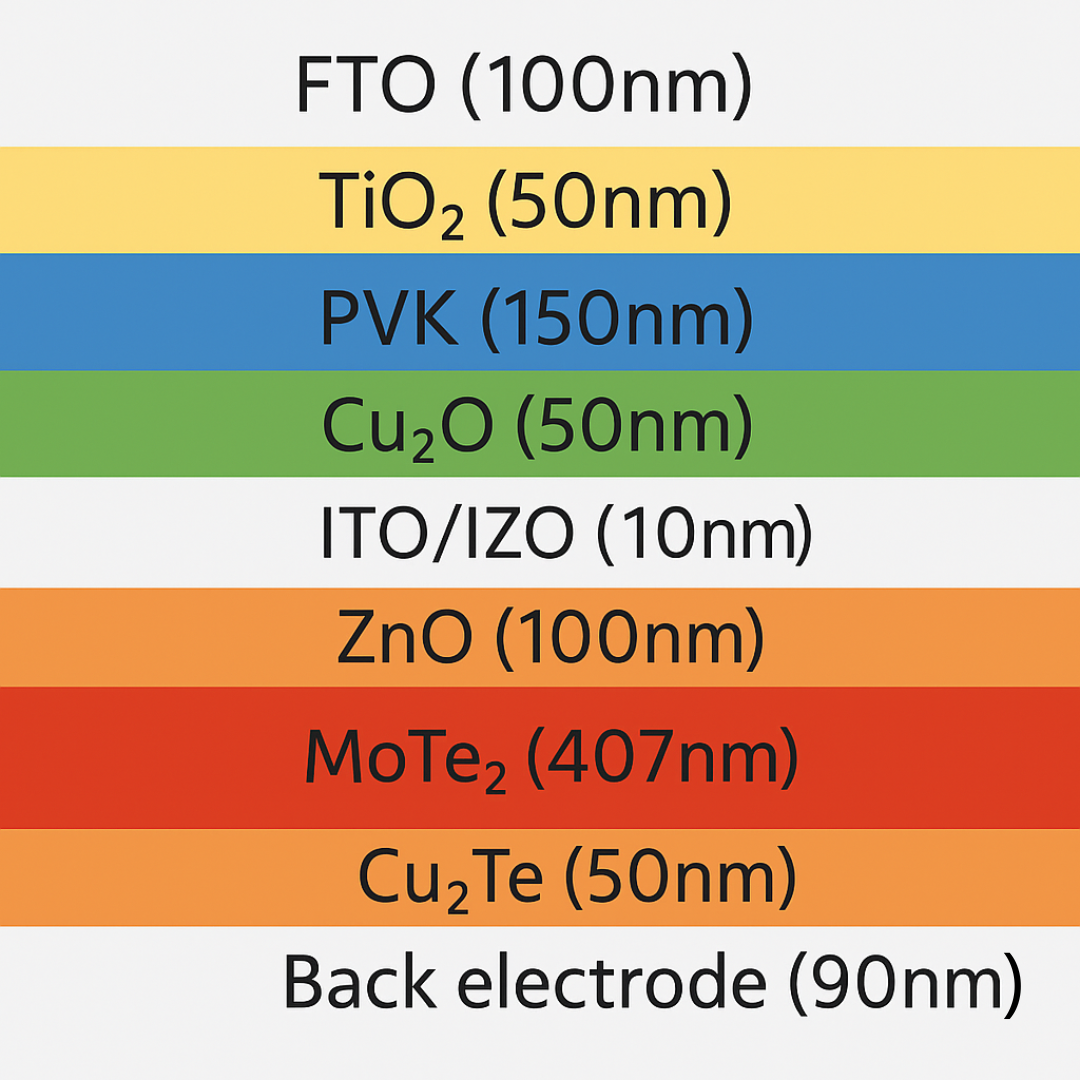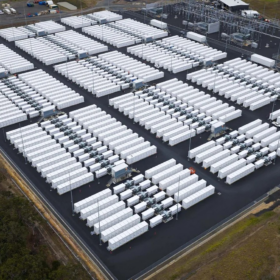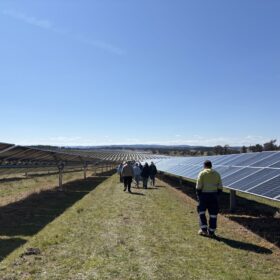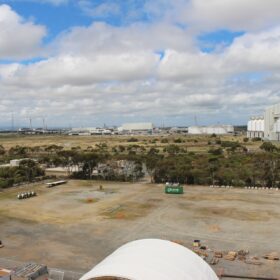Researchers from the Indian Institute of Technology Bhubaneswar have designed a tandem solar cell based on a top perovskite device and a bottom cell relying on transition metal dichalcogenide (TMD).
TMDs are two-dimensional materials with remarkable semiconducting properties and high optical absorption coefficients. This makes them suitable for the production of semi-transparent and flexible solar cells with potential applications in aerospace, architecture, electric vehicles, and wearable electronics, where lightweight, a high power-per-weight ratio, and flexibility are very desirable.
“The band-gap tuneability, excellent optical properties of both perovskite and TMDs make it imperative to investigate performance parameters of 2T tandem solar cells consisting of perovskite and TMDs as absorber layers of the top and bottom subcells,” the research team said in the study “Two-terminal tandem solar cells based on perovskite and transition metal dichalcogenides,” published in Results in Optics.
The scientists used the SCAPS-1D solar cell capacitance software, developed by the University of Ghent, to simulate the novel cell configuration. For the bottom cell, they proposed a TMD known as molybdenum ditelluride (MoTe2), which has an energy bandgap of 1.1 eV. It was assumed to be constructed with a zinc oxide (ZnO) ETL, the TMD absorber, a copper(II) telluride (CuTe) HTL, and another gold (Au) metal contact.
The top perovskite cell was assumed to have a bandgap of 1.5 eV, and to be built with a substrate made of fluorine-doped tin oxide (FTO), an electron transport layer (ETL) made of titanium oxide (TiO2), the perovskite absorber, a copper oxide (CuO) hole transport layer (HTL), and a gold (Au) back contact.
They optimised the bandgap of MoTe2 to achieve a “favorable” band alignment with the ZnO ETL and CuTe HTL. Moreover, they designed the CuO HTL of the top perovskite cell as an electron blocker layer.
By gauging the thickness of all of the cell layers, they simulated several devices with this configuration under standard illumination conditions.
The simulations showed that the top cell could achieve a power conversion efficiency of 26.2%, an open-circuit voltage of 1.27 V, a short-circuit current density of 24.7 mA/cm2, and a fill factor of 83.3%. The bottom cell was found to have the potential to reach an efficiency of 30.3%, an open-circuit voltage of 1.05 V, a short-circuit current density of 33.1 mA/cm2, and a fill factor of 86.5%. For both cells, ideal layer thicknesses were identified at 1,000 nm.
Overall, the tandem device is predicted to reach an efficiency of 35.3%, an open-circuit voltage of 2.4 V, a short-circuit current density of 16.3 mA/cm2, and a fill factor of 90.3%
“Such high efficiencies indicate that perovskite and TMD-based solar cells are interesting for experimental investigation and carry the potential to be used for manufacturing on flexible substrates through roll-to-roll based technologies,” the academics concluded.
This content is protected by copyright and may not be reused. If you want to cooperate with us and would like to reuse some of our content, please contact: editors@pv-magazine.com.









By submitting this form you agree to pv magazine using your data for the purposes of publishing your comment.
Your personal data will only be disclosed or otherwise transmitted to third parties for the purposes of spam filtering or if this is necessary for technical maintenance of the website. Any other transfer to third parties will not take place unless this is justified on the basis of applicable data protection regulations or if pv magazine is legally obliged to do so.
You may revoke this consent at any time with effect for the future, in which case your personal data will be deleted immediately. Otherwise, your data will be deleted if pv magazine has processed your request or the purpose of data storage is fulfilled.
Further information on data privacy can be found in our Data Protection Policy.